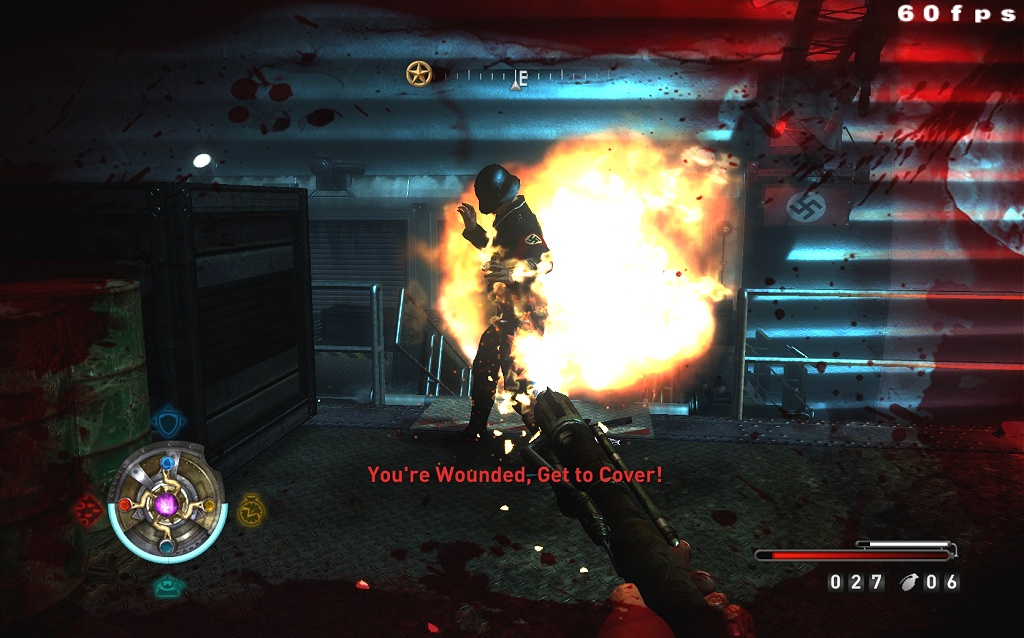Test System Specs & Notes
Core 2 Quad Test System Specs
- Intel Core 2 Quad Q9650 (LGA775)
- Radeon HD 4890 (1GB)
- Radeon HD 4870 (1GB)
- Radeon HD 4870 (512MB)
- Radeon HD 4850 (512MB)
- Radeon HD 4830 (512MB)
- Radeon HD 4770 (512MB)
- GeForce GTX 295 (1792MB)
- GeForce GTX 285 (1GB)
- GeForce GTX 275 (896MB)
- GeForce GTX 260 (896MB)
- GeForce GTS 250 (512MB)
- GeForce 9800 GT (512MB)
- GeForce 9600 GT (512MB)
- Microsoft Windows 7 Ultimate (64-bit)
- Nvidia Forceware 190.38 WHQL
- ATI Catalyst 9.8
Wolfenstein has been out for less than a week, so we have to assume ATI and Nvidia have had little time to perfect their drivers for it, or least we noticed, as we ran into a few problems and strange performance behaviors.
We ran all our benchmarks on the "Manor" map which is one of the most demanding due to its heavy use of shadows. Initial testing, which we are not going to show, was conducted using the "Bank" map. This is a more enclosed map and we noticed consistently higher frame rates when compared to the Manor.
However something else became apparent as our testing progressed. Initially we did all the feeling out with the GeForce GTX 285, which was around 10fps on average slower when using the Manor map. Then as we progressed and began testing with ATI graphics cards, we noticed a sharp decline in performance. For the most part the Radeon HD 4890 was considerably slower than the GeForce GTX 275, which is something we had not seen previously.
After some messing around we discovered what was hurting the performance of the ATI graphics cards. As mentioned earlier, Wolfenstein offers few settings to play with and with those we were able to rule out depth of field, texture quality and shader effects as the trouble maker. It appears that shadow quality is a problem for the ATI graphics cards and the Manor map has quite a lot of shadow detail.
With the shadow quality turned from high to low - the only two options - the average frame rate of the Radeon HD 4890 jumped by 10fps, placing it right alongside the GeForce GTX 275. Shadow quality has always played havoc on frame rates, so we were not entirely surprised by this. However it made us wonder if Nvidia was cutting any corners here. After some screenshot comparisons it turned out that everything was above board.
 |
 |
 |
 |
 |
 |
While comparing image quality we noticed something else with the ATI graphics cards. When playing with the Radeon HD 4890 certain surfaces showed too much lighting, making them appear bright while washing the textures out. The effect was certainly overdone and you can see this in the screenshots above. This could be related to the performance hit on ATI graphics cards, but if anything we expect them to correct this visual glitch in future driver revisions.
